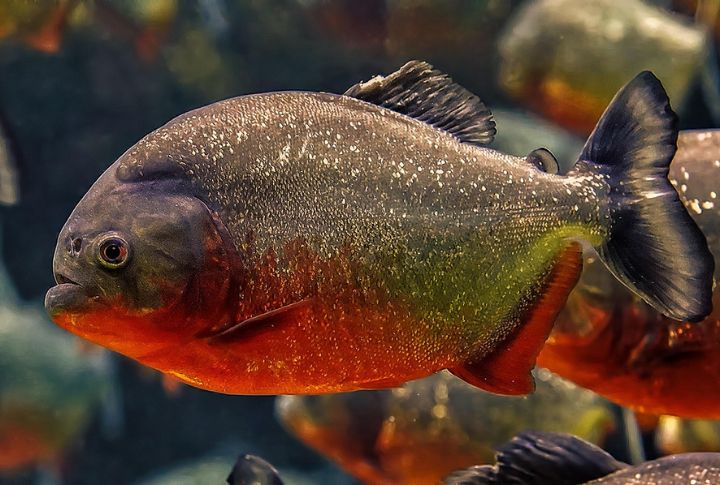
Piranhas are often portrayed as aggressive, bloodthirsty predators—but how accurate is that image? Popular media has long shaped their reputation through dramatic scenes and exaggerated myths. In reality, these freshwater fish play a complex and essential role in their ecosystems. Here are 10 facts that challenge common assumptions and reveal the truth behind the piranha’s fearsome image.
Piranhas Are Not Relentless Human Killers
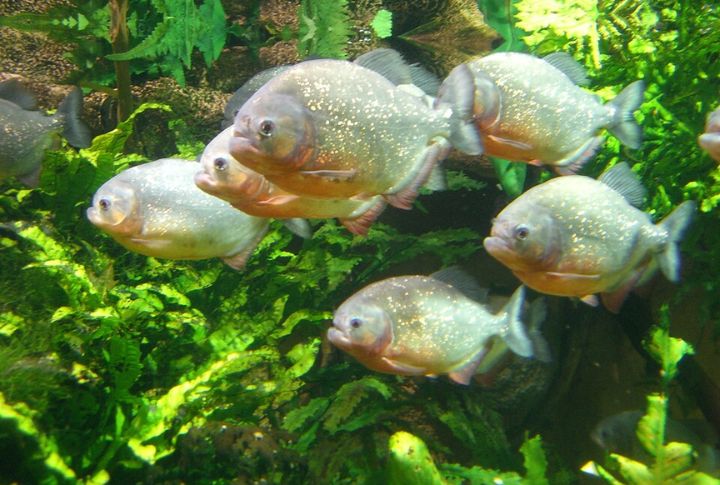
Movies paint piranhas as ruthless attackers, but reality tells a different story. Most species avoid humans, only biting when threatened or starving. Injuries are rare and superficial, disproving the long-standing myth that these fish are just waiting to strike.
Many Piranhas Rely On More Than Meat
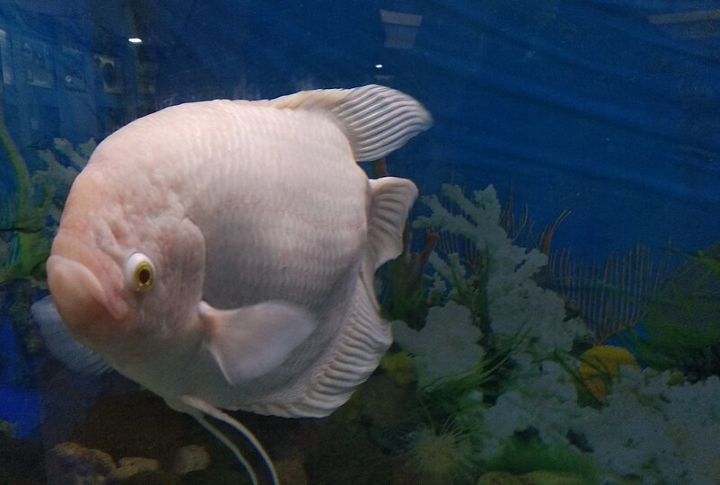
During dry seasons, they switch from hunting to scavenging, consuming plant matter, seeds, and fruits. This dietary adaptability contradicts their image as bloodthirsty carnivores. Many species thrive on a mixed diet and maintain ecological balance by consuming diverse food sources.
Feeding Frenzies Are Rare In The Wild
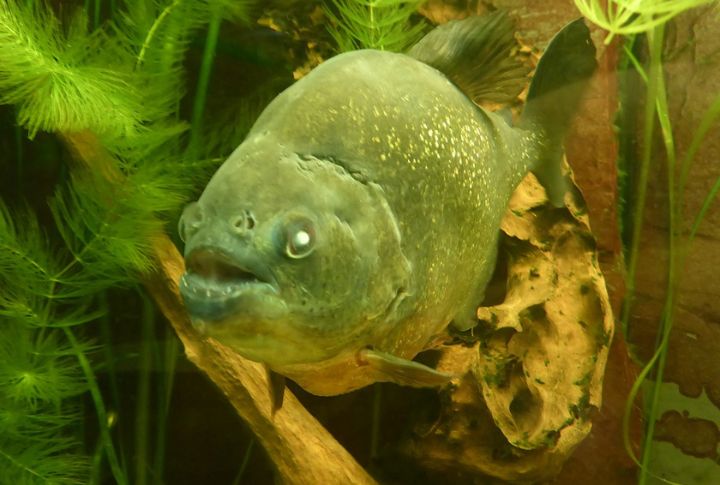
In nature, frenzied attacks are anomalies, not the norm. Piranhas typically target small prey or carrion, not large animals or people. Frenzies occur in extreme circumstances like droughts or food scarcity, making Hollywood’s portrayal of frenzied feeding wildly exaggerated.
Shoaling Behavior Is About Survival
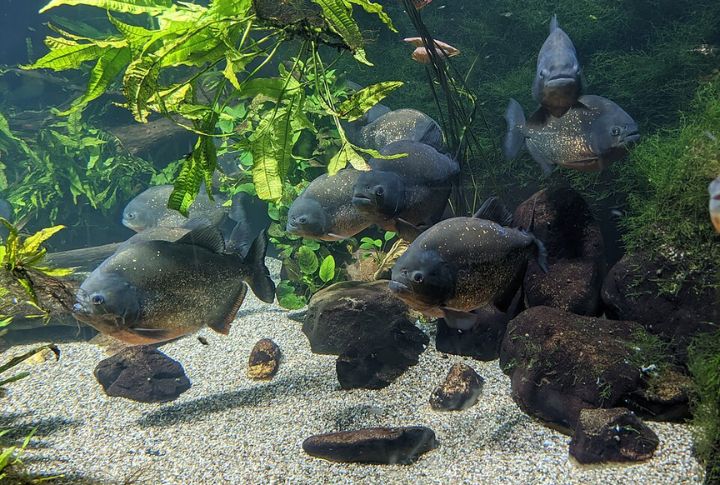
Piranhas form shoals primarily for protection against predators, not for coordinated attacks. Grouping minimizes individual vulnerability and confuses larger predators like caimans and river dolphins. This defensive behavior is often misunderstood as aggressive pack hunting, further fueling their fearsome image.
Blood Is Not Their Primary Food Source
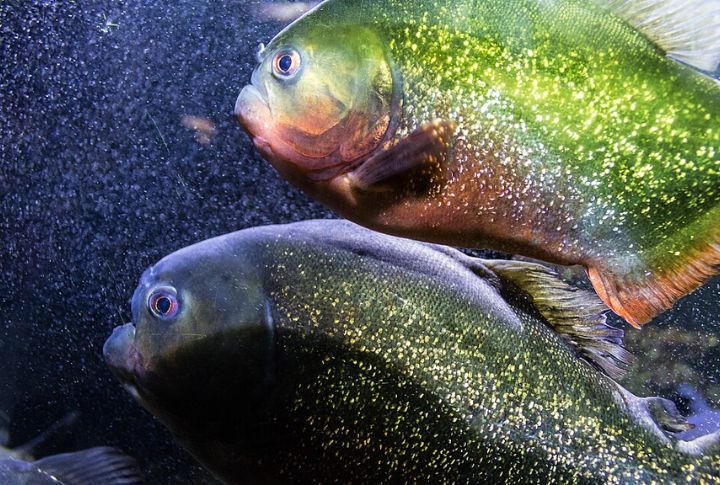
Blood alone won’t trigger a feeding frenzy. Piranhas rely on movement, vibrations, and scent cues to identify prey. They eat small fish, insects, and even plants, debunking the myth that they’re solely driven by the scent of blood in the water.
Piranhas Have A Complex Social Structure
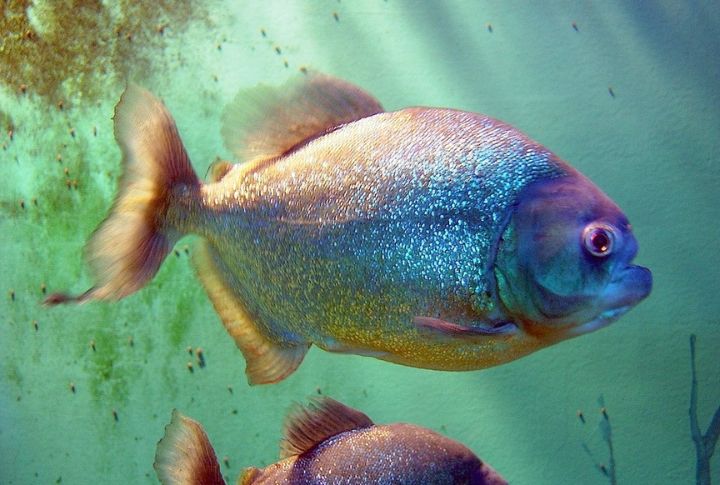
Piranhas are often portrayed as aggressive, lone hunters, but this couldn’t be further from the truth. These fascinating creatures actually communicate with one another and exhibit complex social behaviors. Instead of being chaotic biters, they have a structured way of interacting that defies the typical myths surrounding them.
Their Teeth Are Built For Efficiency

Those razor-sharp teeth aren’t just for ripping flesh—they’re tools for survival. Designed to slice through tough plant material and small prey, the scissor-like jaws reveal a purpose beyond aggression. This misunderstood adaptation underscores function over ferocity.
Not All Piranha Species Are Aggressive

Lumping all piranhas into one aggressive category is misleading. Some species, like the black piranha, can be bold, while others, such as the wimple piranha, are shy and reclusive. Misjudging their behavior based on a few species perpetuates false narratives.
Piranha Are Scavengers
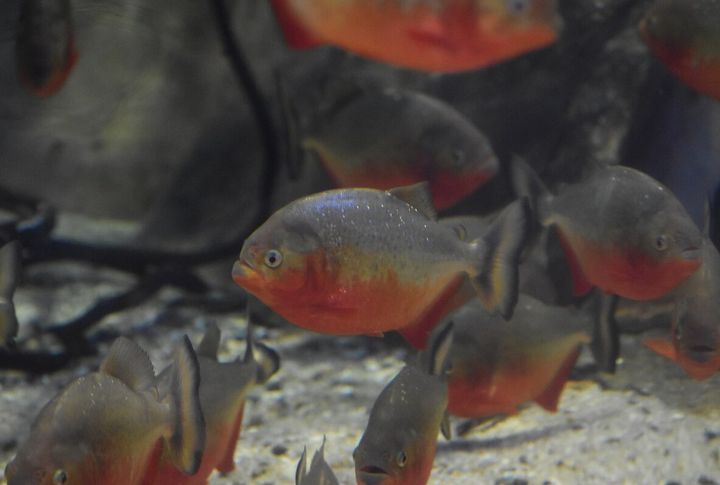
Rather than attacking, piranhas maintain river health by consuming weakened or dying fish. This natural clean-up prevents disease outbreaks and balances aquatic ecosystems. Yet, the vital role as scavengers is often overshadowed by exaggerated tales of bloodthirsty aggression.
Environmental Threats Outweigh Predation
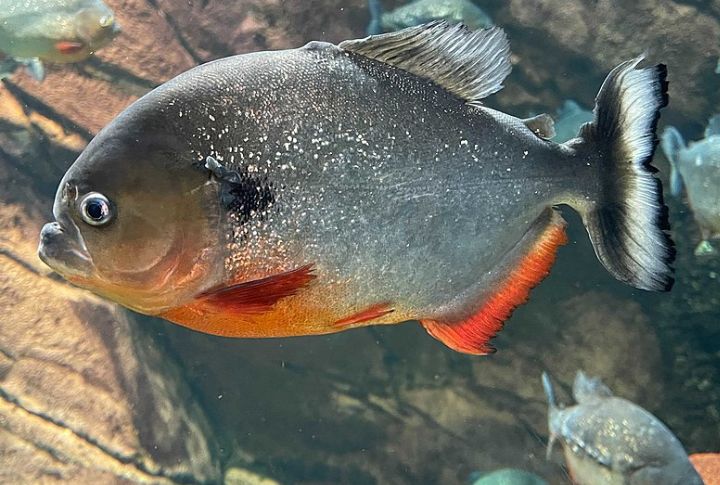
Piranhas face threats from habitat destruction and pollution, not just predators. Water contamination disrupts their breeding cycles, while deforestation reduces food sources and nesting areas. These environmental challenges undermine piranha populations, impacting their long-term survival and ecological stability.

